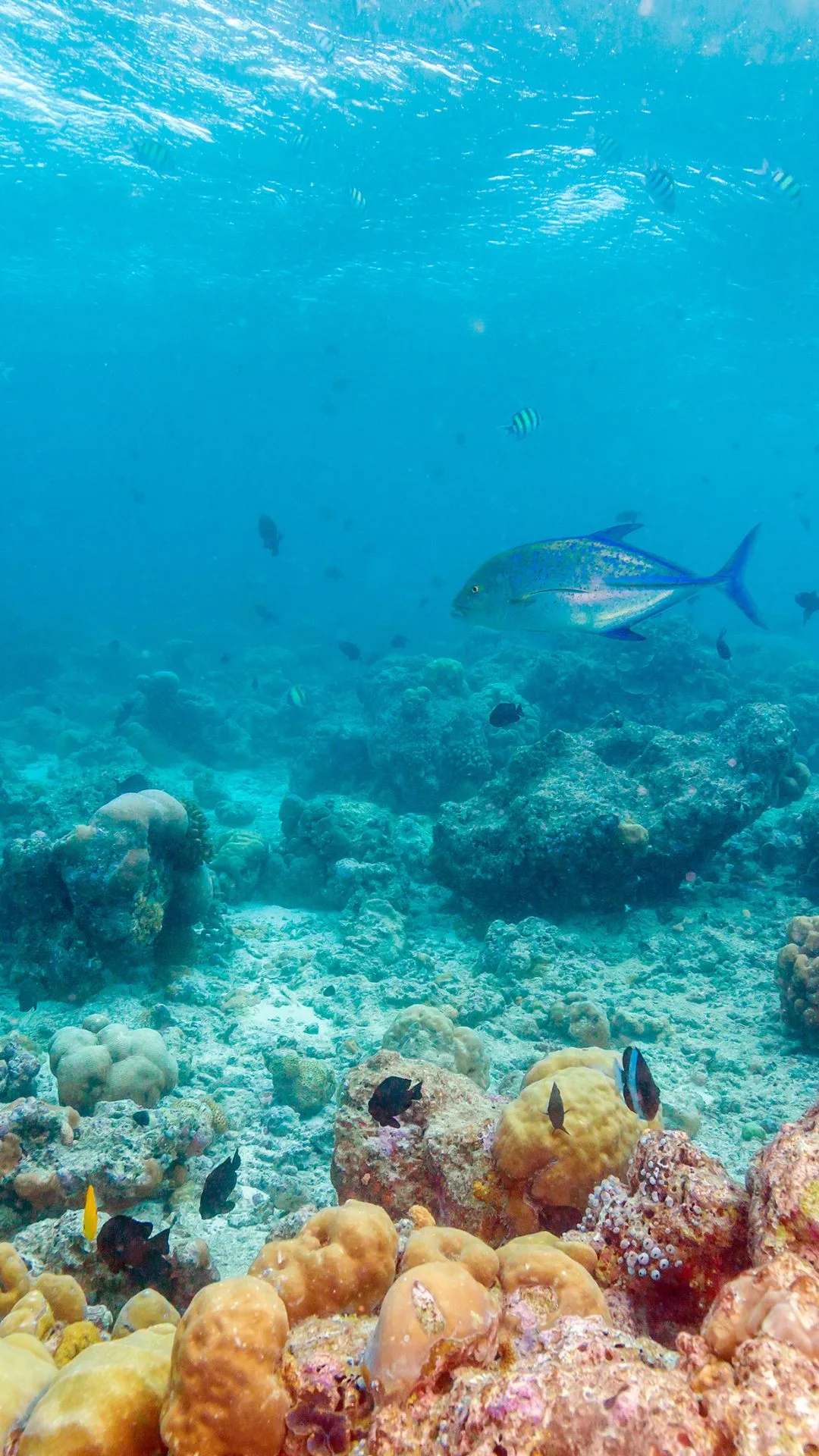Exploring the Hypsometric curve

The hypsometric curve describes and explains the relative distribution of altitude and depth on the surface of the earth concerning mean sea level. Mt. Everest is the highest point and Marina Trench is the lowest point. 29% of the earth is land surface, Asia, and Africa are the largest continents, the highest continent is Antarctica and the flattest continent is Australia, 71% is covered with water. The Pacific and Atlantic are the largest oceans, Pacific is the deepest. The northern hemisphere dominates land at around 40% and the southern hemisphere dominates water and only 20% is land surface.
OCEANIC BOTTOM RELIEF
It represents the depth and slope of the oceanic bed concerning mean sea level based on the depth and slope following landforms identified inside the sea level:
- CONTINENTAL MARGINS
- OCEANIC TRENCHES
- ABYSSAL PLAIN
- MID-OCEANIC RIDGES
CONTINENTAL MARGINS
It is part of the continental plate that has been submerged inside the sea due to lateral spreading and subsidence. based on slope and depth, there are 3 sub-divisions of continental margin:
Continental shelf It has a gentle slope and it extends up to 200 meters below sea level, continental shelf depends on the presence/ absence of a fold mountain range along the coast. continental shelf is narrow if young fold mountains are present along the coast like the west coast of America whereas, on the coast of the Atlantic, Asia’s continental self is wide. The continental self is the most productive part of the marine ecosystem due to the presence of sunlight. There are three minor/ micro landforms on continental self i.e. Banks, Shoals, and coral reefs.
Banks-Banks are depressions on the continental shelf, this depression are formed by glacial erosion during the ice age of glaciation while ice caps and glaciers covered the continental shelf. Banks are famous for marine fishing. These 3 banks are world famous: Dogger Bank (north-east Atlantic), Grand Bank (north-west Atlantic), and George Bank (Canada, New Zealand).
Shoal– It is a highland on continental self-made of inorganic rocks which are glacial deposits, water is shallow above the shoal, and the shoal prevents navigation.
Coral reefs– Organic deposits on continent self, coral reefs highlands on continental self.
CONTINENTAL SLOPE
The Continental slope extends below the continental self there is a sudden increase in slope, continental slope extends up to 4000 below sea level.
CONTENTAL REEFS– It is the lowermost part of the continental slope covered by terrigenous deposits. Terrigenous deposits are continental deposits on continental self deposited by rivers and streams. These deposits move downward along the steep slope of the continental slope and accumulate at the bottoms. The slope of continental rise is gentle.
OCEANIC TRENCHES/DEEP
It is a long narrow deep valley on the oceanic floor these are also convergent/destructive plate boundaries/zones of subsidence. The longest and deepest trenches are in the Pacific. The deepest trench is the Marina trench in the Pacific and the longest trench is the Chile-Peru trench. Trenches dominate all along the circum-Pacific belt/ ring of fire. Dominated by trenches Pacific is the deepest ocean in the world.

ABYSSAL PLAIN
It is also called a deep-sea plain. Its depth varies from 4000 to 6000 meters below sea level. It is covered with oceanic deposits, abyssal plain is most extensive in the Pacific Ocean. Guyots and submarine hills are minor/micro landforms. Guyots– This is a flat of volcanic hills rising from abyssal plains. Submarine hills– These are isolated volcanic plains on a basaltic plain. These are located above hotspots and magma plumes.
MID-OCEANIC RIDGES
These are volcanic islands on the oceanic floor associated with divergent/ constructive plate margins. This is formed by upwelling lateral spreading, cooling, and solidification of magma on both sides of the access of the rift. Mid-oceanic ridges with steep slopes are associated with divergent plate boundaries where the movement of plates is slope. Mid-oceanic ridges have a gentle slope, this is associated with divergent plate margins where the movement of the plate is faster. Mid-oceanic ridges are most extensive in the Atlantic Ocean.
In the north mid-oceanic ridge is known as the Dolphin range and in the south it is known as the Challenger range. Mid-oceanic highlands on the oceanic floor with their present average depth of oceans decline, with the most extensive mid-oceanic ridges average depth of Atlantic is less compared to the Pacific and Indian oceans. Mid-oceanic ridges in the Indian Ocean are known as Chagos, Chagos Socotra, Amsterdam, St. Paul, and 90 degrees east.

